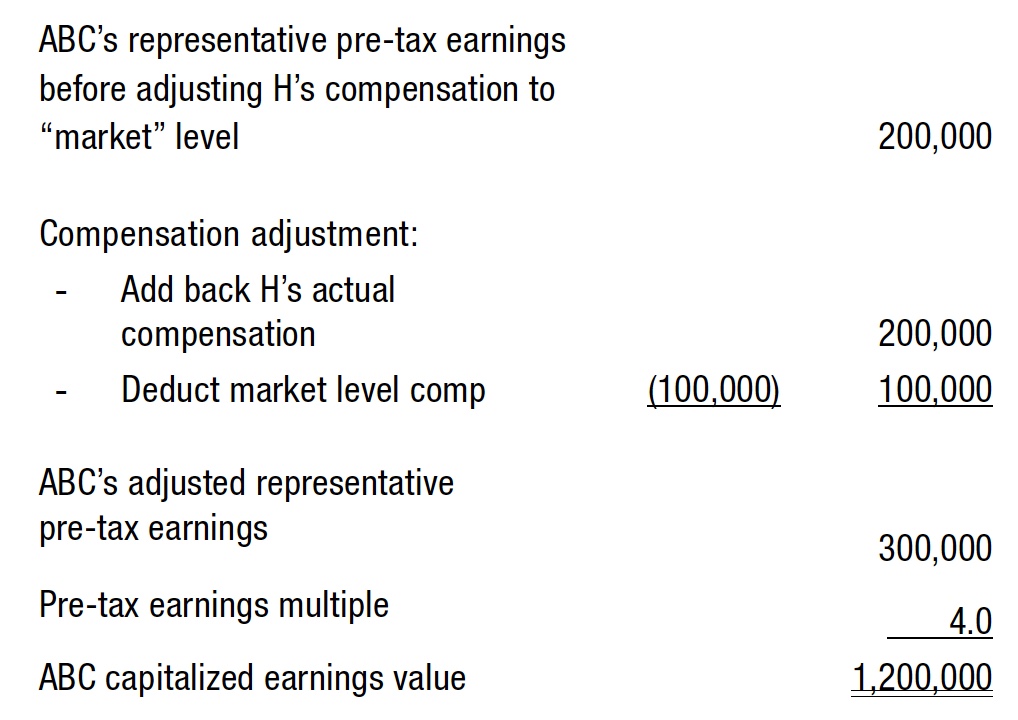View / Download October 2020 Article – PDF File
Tax Trends and Developments Column – Michigan Family Law Journal
Facts
- H and W agreed to a divorce settlement at mediation which was then recorded and later incorporated into a Judgment of Divorce (JOD) entered in 2015.
- H owned 102,857 shares of restricted stock which the JOD awarded to him except that –
if the restricted stock were redeemed pursuant to a specific Company agreement – then W would receive 50% of the portion attributable to the years of marriage during which H owned the stock.
- In pertinent part, the JOD provision stated that the marital portion of potential redemption proceeds would be:
“proportional to the number of years Plaintiff owned said stock while the parties were married and the total number of years Plaintiff owned said stock prior to the date of redemption.”
- The restricted stock was redeemed about a year after the divorce.
- H applied the coverture fraction in determining the marital portion of which W was to receive 50%.
- W filed a motion claiming that, according to the JOD, she was entitled to 50% of the total redemption proceeds.
- The trial court, after (1) conducting a hearing on the issue, (2) reading briefs of both parties, and (3) reviewing a relevant portion of the transcript of the settlement recording, decided that (1) the JOD provision regarding the restricted stock was ambiguous and (2) W was entitled to 50% of the total redemption proceeds.
H appealed.
Court of Appeals Decision
- The Court of Appeals (Court) found that the JOD provision regarding the restricted stock was not ambiguous but rather clearly set forth a formula for determining the portion of eventual redemption proceeds to be deemed marital.
- The Court noted that the latter half of the JOD provision designates that W’s share of the proceeds to be “proportional” and would need to be ignored by the trial court to award W 50% of the total redemption proceeds.
Comments on the Case
- Use an Example – For provisions regarding the future divisions of various forms of executive compensation, it is often advisable to include an example using hypothetical amounts. This significantly reduces the chance of differing interpretations down the road.
- Provide for Tax Consequences – It is noteworthy that the JOD restricted stock provision in Blight was silent on tax consequences. Restricted stock is generally taxable on the expiration of the last of restrictions to which the stock is subject. It is advisable to provide for tax consequences when dividing various forms of compensation in a divorce settlement.
- Skelly Does Not Prevent Parties’ Agreement – In the Court of Appeals published Skelly v. Skelly decision (286 Mich. App. 578 (2009)), the Court ruled that an executive benefit awarded during marriage but subject to a vesting event occurring after divorce was not marital property.
It has previously been expressed in this column that:
- The Court’s decision in Skelly is over broad and arbitrary, and could result in inequitable divisions of property in fact attributable to years of the marriage.
- However, parties, in reaching a divorce settlement, are free to disregard Skelly in reaching an equitable division of property. Whether done knowingly or not, that is what the Blights did in dividing H’s restricted stock which they knew would not vest until after the divorce.
About the Author
Joe Cunningham has over 25 years of experience specializing in financial and tax aspects of divorce, including business valuation, valuing and dividing retirement benefits, and developing settlement proposals. He has lectured extensively for ICLE, the Family Law Section, and the MACPA. Joe is also the author of numerous journal articles and chapters in family law treatises. His office is in Troy, though his practice is statewide.
View / Download October 2020 Article – PDF File
Complete Michigan Family Law Journal available at: Michigan Bar website – Family Law Section (subscription required)



